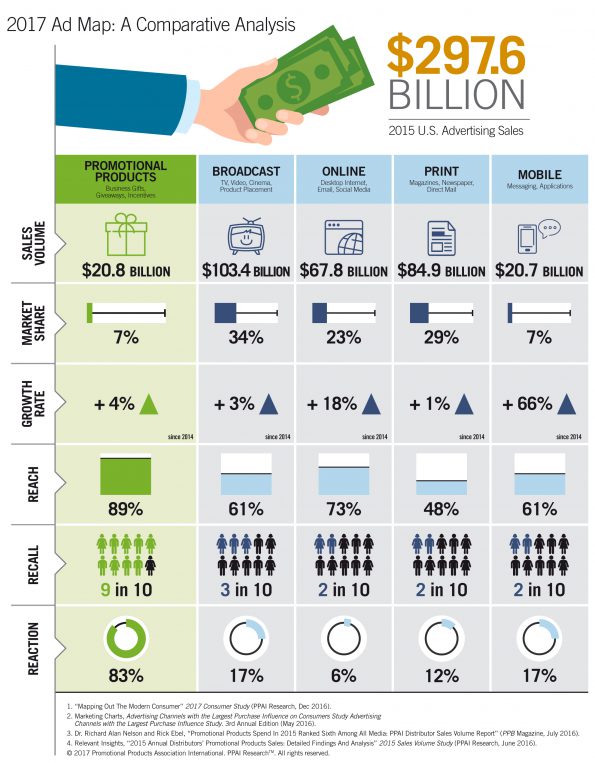Brands spend billions of dollars each year on efforts aimed at influenci ng consumers by following a traditional marketing model. The U.S. alone accounts for an estimated $298 billion in ad expenditures annually and was recently named the world’s largest advertising market.
ng consumers by following a traditional marketing model. The U.S. alone accounts for an estimated $298 billion in ad expenditures annually and was recently named the world’s largest advertising market.
Developed in 1898 by one of advertising’s founding fathers, Elias St. Elmo Lewis, the traditional marketing model narrows the consumer decision-making process into four key stages: awareness, interest, desire and action (AIDA). This model helps marketing strategies steer the consumer through each stage of the decision making process.
Historically, advertising has been considered the most creative influencer for brands—a belief that is protected and nurtured by many of the world’s leading ad agencies. Yet the world we live in today looks much different than it did in 1898. Now consumers have access to information to form their own opinions of brands.
The Promotional Products Association International (PPAI) released their 2017 Consumer Study, released earlier this year, revealed that 83 percent of consumers said they are more likely to do business with a brand after receiving a promotional product. Yet the promotional products industry represents only seven percent of the world’s advertising dollars spent. So, are companies getting a solid return on the 93 percent of advertising dollars spent outside the promotional products industry? The short answer is… no, not really.
The results from the survey might surprise you. When compared with traditional and emerging forms of advertising, promotional products clearly lead the field in terms of reach, recall and reaction.
Advertising is a science and PPAI has the numbers to back the winning formula of promotional products. We are sharing some of the data from the survey which will help you prioritize your marketing dollars.
Source: PPAI – PPB, June 2017